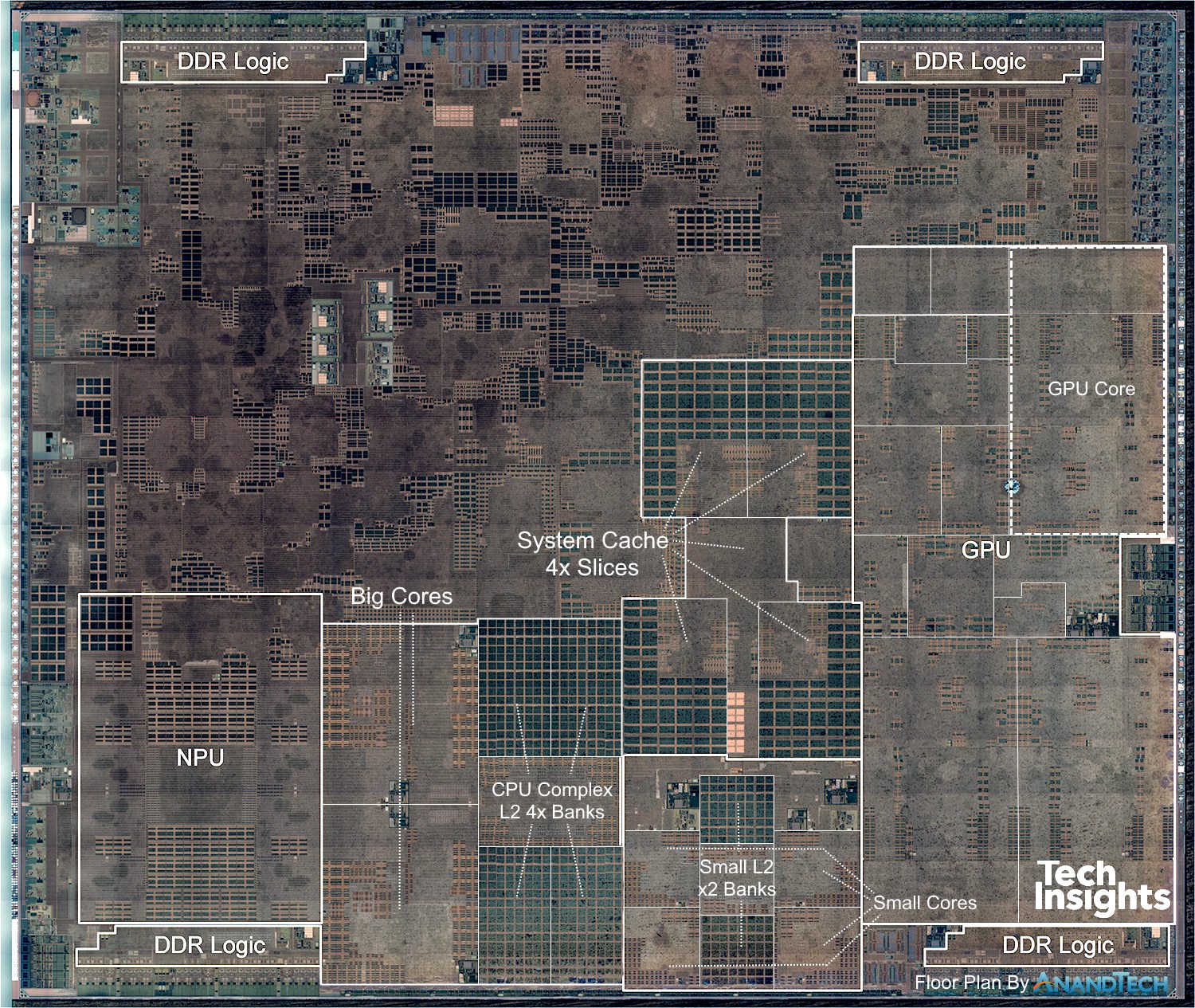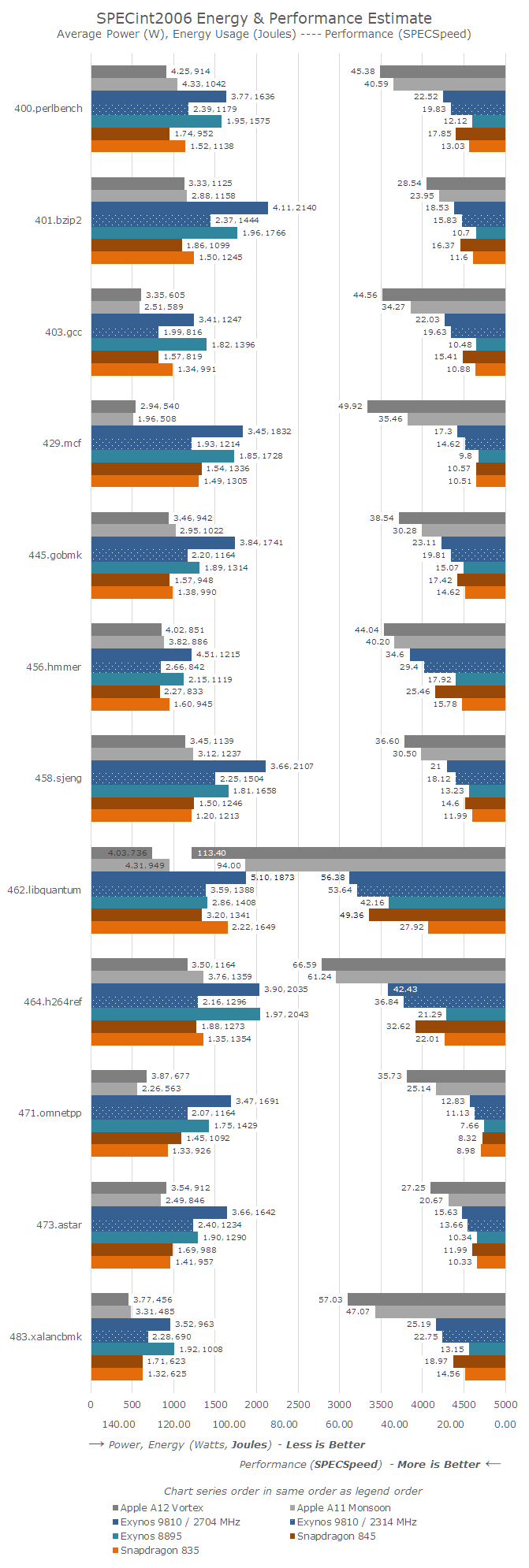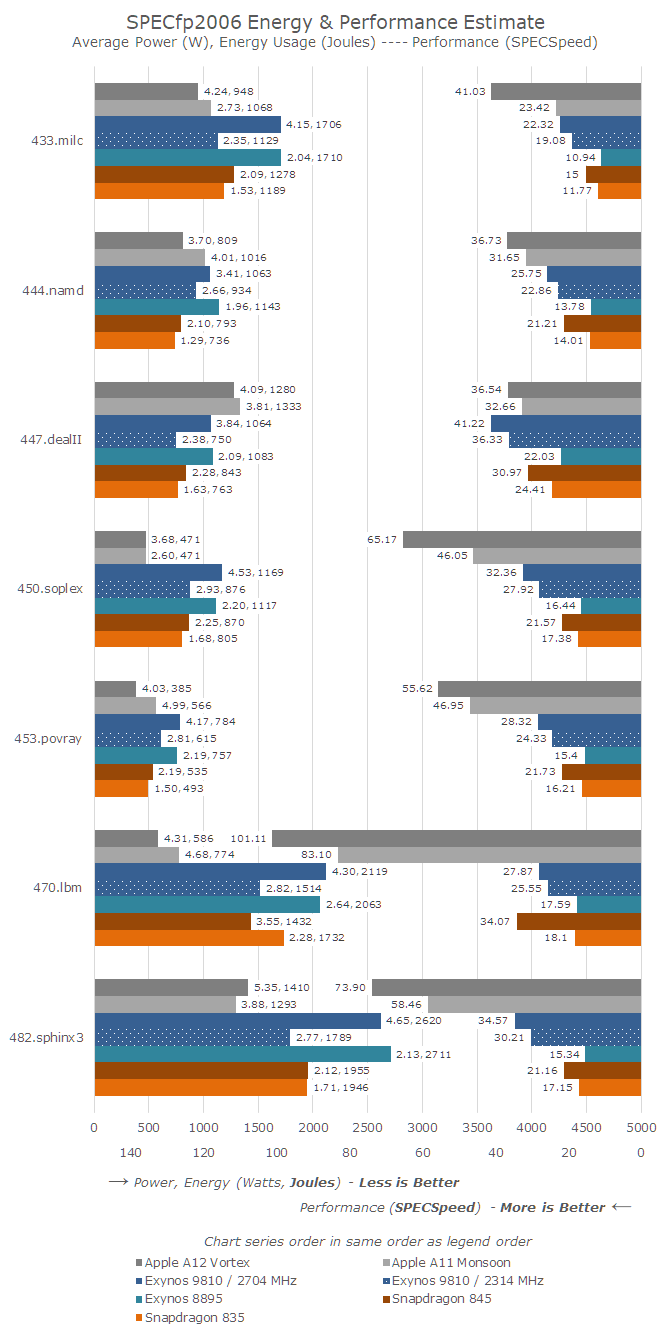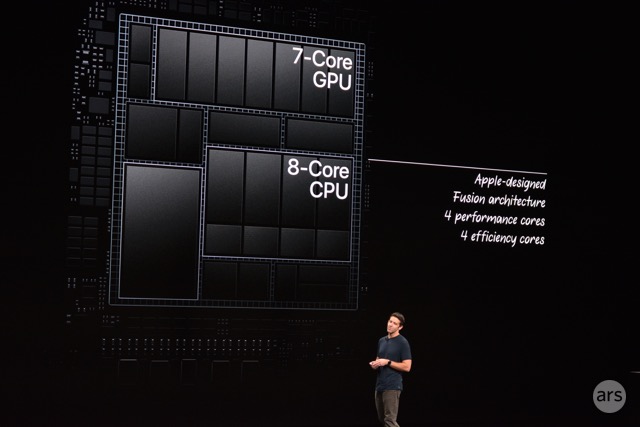- Mar 11, 2000
- 24,167
- 1,812
- 126
AnandTech's take

In terms of determining the actual process node shrink, the closest valid apples-to-apples comparison we can make are in the small cores and an individual GPU core. Here we see a shrink from 0.53mm² to 0.43mm² in the small CPU cores – representing a 23% reduction. On the GPU core side we see a more significant 37% reduction down from 4.43mm² to 3.23mm².

In terms of determining the actual process node shrink, the closest valid apples-to-apples comparison we can make are in the small cores and an individual GPU core. Here we see a shrink from 0.53mm² to 0.43mm² in the small CPU cores – representing a 23% reduction. On the GPU core side we see a more significant 37% reduction down from 4.43mm² to 3.23mm².






